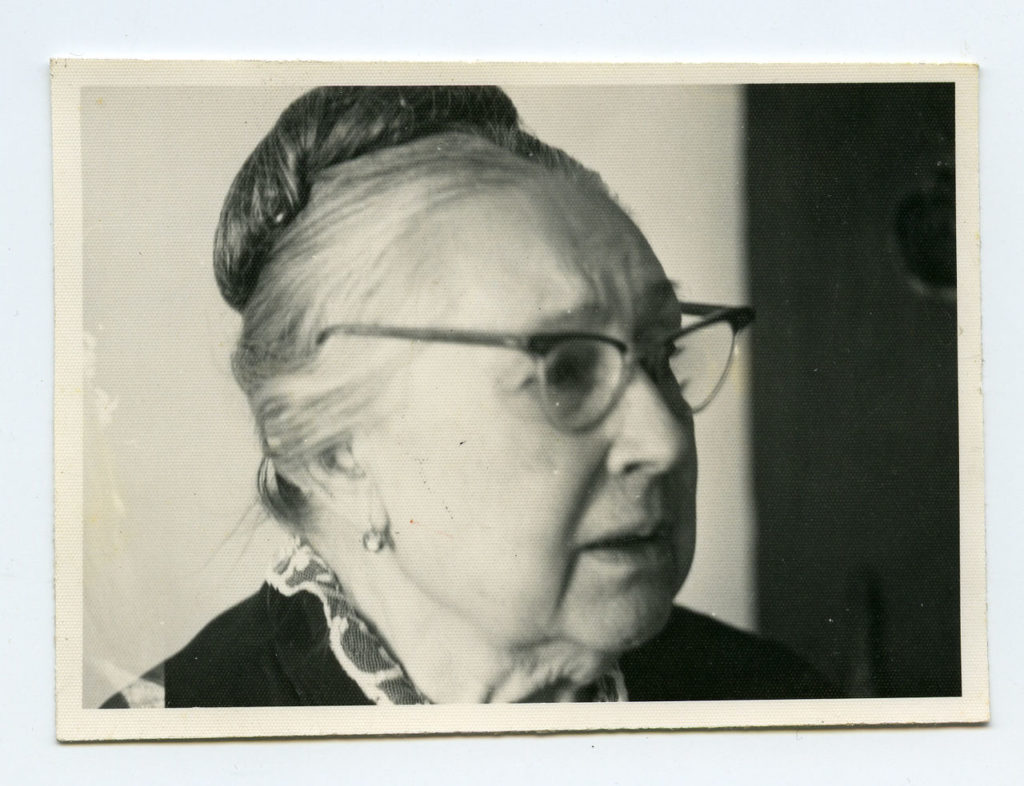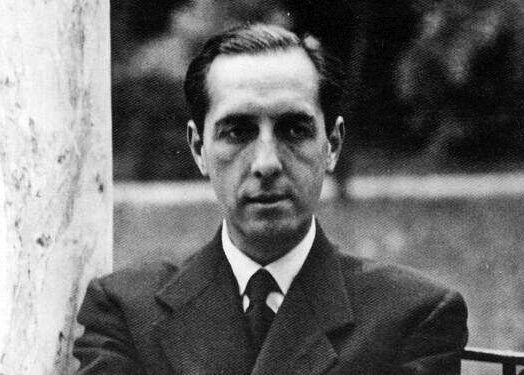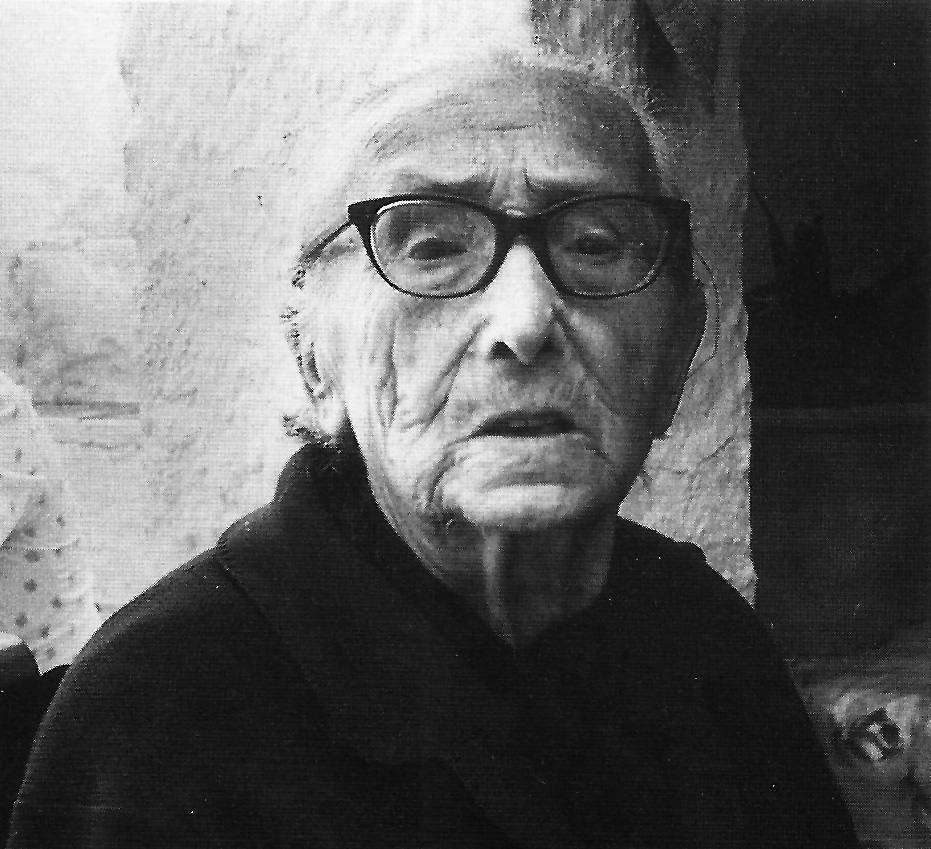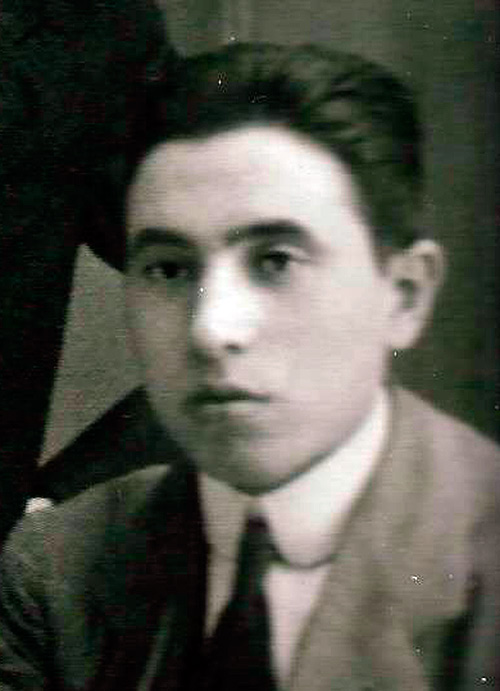Pedagogue attached to the Institución Libre de Enseñanza (Free Teaching Institution), renovator of the teaching of History and Geography in Spain, teacher at the Normal School in Granada, first, and at Columbia University after the family exile to the United States. She was born in Madrid on March 28, 1886 and died in the same city on February 6, 1970. She moved to Granada in 1912 when her husband, Fernando de los Ríos Urruti, obtained the chair of Political Law. In Granada they established a close relationship with the García Lorca family. Federico and Francisco were students of Fernando de los Ríos at the Law School and the youngest, Isabel, cultivated a close friendship with the couple’s daughter, Laura de los Ríos Giner, who in 1942 married Francisco García Lorca in the chapel of Middlebury College in American exile.
Gloria Giner and her friend Leonor Serrano Pablo raised the recognition of women in the study of Geography.
Her childhood and adolescence were spent in Madrid, Alicante and Barcelona at the mercy of the professional destiny of her parents, Hermenegildo Giner de los Ríos and Laura García Hoppe. After studying to become a teacher, she completed her education at the Institución Libre de Enseñanza. In addition to focusing on a renewed teaching of Geography that involved an emotional relationship with the environment (she came to focus on literature as an auxiliary subject of History), Gloria Giner and her friend Leonor Serrano Pablo raised the recognition of women in the study of Geography.
In 1912, she married Fernando de los Ríos, who had just obtained the chair of Law in the University of Granada. The influence of the family in the city, despite the reluctance of the most conservative bourgeoisie, was not limited to classes at the Law School. De los Ríos, after meeting the García Lorca brothers, became involved in actively renovating cultural cenacles of the city. She attended the tertulia of El Rinconcillo, met Manuel de Falla and promoted from the Ateneo de Granada the publication of the magazine gallo. In 1928, the poet dedicated to marriage one of her best-known compositions, the SleepwalkingBallad from his Gypsy Ballad.
In 1929, the professor convinced Federico García Lorca, who was then going through a personal and sentimental crisis, to accompany her to learn English in New York. The trip led to the creation of one of the most important books of Spanish poetry of the twentieth century, Poet in New York.
In April 1931, Fernando de los Ríos was appointed Minister of Justice and a few months later Minister of Public Instruction.
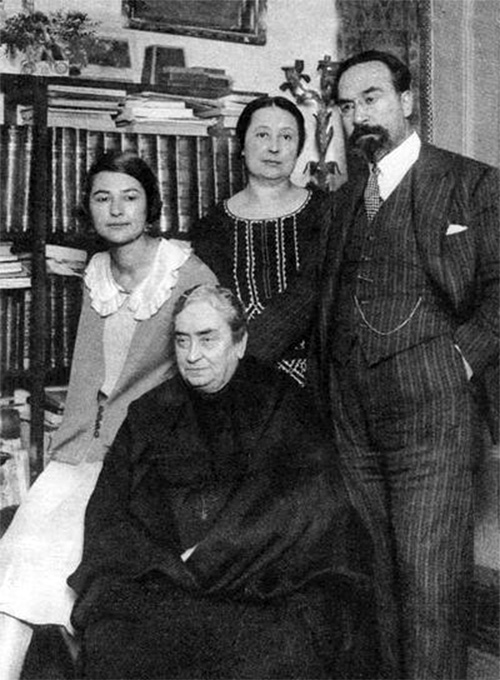
Laura de los Ríos Giner found in Isabel García Lorca, four years her senior, her ideal companion. Gloria Giner became the preceptor for both of them. “In addition to the classes of the seño (teacher) Isabel Montero, great-aunt of the poet Luis García Montero, Gloria gave us history, geography and literature classes, so that I had the great privilege of receiving from them education and instruction following the style of the best times of the Institución Libre de Enseñanza. How much I owe to Laura’s parents!” writes Isabel in her memoir My Memories.
The relationship between the two families grew closer. “Gloria Giner and Fernando de los Ríos, so faithful and proud of ideas and an atmosphere that would be difficult to repeat, made me participate so intimately in theirs that I came to share with them their respect and admiration for the ideas of Don Francisco Giner de los Ríos,” Isabel confesses.
Laura de los Ríos Giner found in Isabel García Lorca, four years her senior, her ideal companion. Gloria Giner became the preceptor of both of them.
After the appointment of Fernando de los Ríos as minister of the Second Republic, Gloria decided to continue her career instead of dedicating herself to “living as a minister’s wife”. In 1933, after the resignation of Fernando de los Ríos, she returned to teaching, which she had temporarily abandoned, in a post in Zamora. There she remained for three years, living in a hotel room.
The Civil War and the blows of the nationalist repression drove both families into exile. Fernando de los Ríos, after his appointment in September 1936 as ambassador of the Republic in the United States, took the opportunity to move his family and to take Isabel García Lorca with them.
In the United States, Gloria Giner was a professor at Columbia University, while her husband, who had been separated forever from his professorship in Spain, resumed his classes at the New School Research in New York, an institution founded to welcome emigrant intellectuals.
After the death of Fernando de los Ríos in 1949, she continued her teaching activities until 1965, when she decided to return to Madrid with her family, where she died in 1970.
